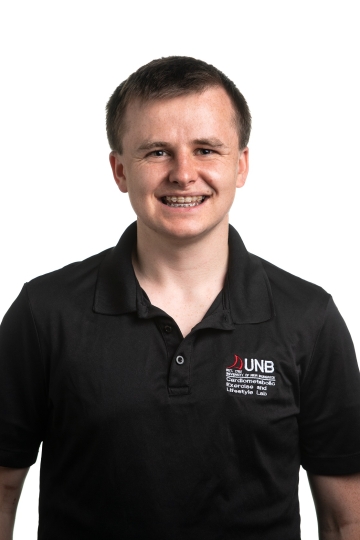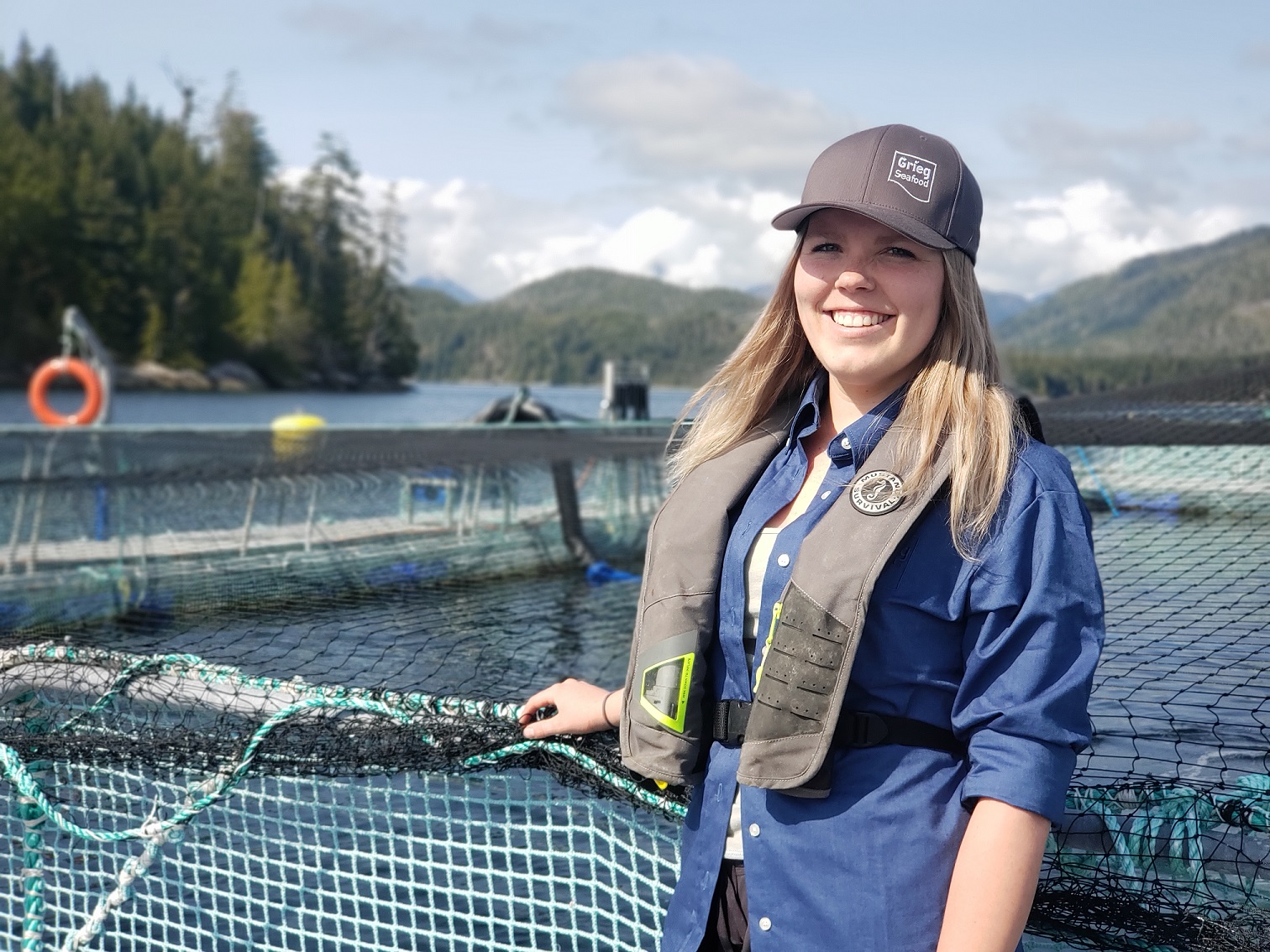
Kirstyn Nygren at salmon farm.
Kirstyn Nygren
Environmental Specialist
Grieg Seafood
Learn About My Career
I am part of a team that monitors the water quality around our salmon farms.
I was born/grew up in: I was born and raised in Port Alberni, British Columbia and grew up in Nanaimo BC.
I now live in: Now I live in Campbell River, British Columbia.
I completed my training/education at: I have a Bachelor’s of Science in marine biology and oceanography from the University of Victoria.
I work at Grieg Seafood BC. We are an aquaculture company specializing in growing salmon. My job is to monitor the environmental conditions in the ocean waters around our sites. I make sure the water is suitable to grow happy and healthy fish. I can do this remotely, with sensors that we have placed in the water. These sensors connect to an online website and data warehouse. This website shows the oxygen levels, salinity, temperature, as well as the direction and strength of the current. It also shows lots of other environmental and biological measurements. Sometimes we use handheld probes to measure these values in real-time. We also take water samples from various depths and look at them under the microscope. We do this to check if there are any harmful plankton species in the water.
Sometimes these sensors tell us that the water is not very favorable for the fish. For example, the oxygen levels might be too low, or there might be dangerous plankton or too much dirt in the water. When this happens, we stake steps to help make the water quality better. We use our knowledge and experience to decide when the conditions are not good for fish. We also decide which strategy will be most effective in each situation.
Our department is a team of two people. We are responsible for monitoring the waters in the region around Vancouver Island, BC. My colleague and I work very closely together. We travel to different regions around the island to sample the water and monitor oceanic events.
I use my background in STEM every single day. Sometimes I use my biology knowledge to look for harmful plankton species using a microscope. Other times I use my chemistry knowledge to test water samples for different metals and nutrients. I’m always using my computer science knowledge with our online platform for visualizing the data. I have even begun learning more about coding.
I have known that I wanted to be in marine biology since I was 7 years old. I have always loved everything about the ocean. I have also loved the beach and the animals. As a child I had wanted to be a vet. I remember having a conversation with my dad when I was about 7 or 8 years old. I remember telling him I wanted to be a vet for ocean animals. He told me about marine biology and that is where it all started.
There are so many branches to “marine biology”. While I knew that I wanted to be a marine biologist, I never knew what branch until my 3rd year of university. I took a course called “the biology of algae”. I never expected to love that course as much as I did! That course completely sparked my interest in the microscopic plant life. This led to me where I am today. I always thought I was interested in the larger mammals. Once I started learning about algae I realized how important it is and how it influences our entire world.
I have always been fascinated by the ocean, ever since I was a child. There is so much we don't know or understand about the animals in the ocean. For example, we don’t know how they interact with each other. We are still developing an understanding of the physical and chemical features of the ocean.
I find that I am constantly learning new things. This is especially true as our world adjusts to climate change. This job keeps me learning new things about the ocean, and that is why I love it! I am constantly trying to think outside the box and troubleshooting issues that come up.
We get to design and conduct our own research experiments. Then we get to analyze to data to see what we have learned. My favourite part of my job is that every day is completely different. Some days I am in the lab looking at samples under the microscope. The next day I can be out in a beautiful coastal region on a boat collecting samples.
I find my career extremely fulfilling and rewarding. I have a passion for the environment and the ocean. If the conditions that we grow fish in aren't favourable, then the fish will not survive. This could affect millions of people because once they reach their full-size, these fish are harvested. The harvested fish go to grocery stores and restaurants. Here they feed millions of families globally each year. Aquaculture is one of the most carbon-neutral farming choices. And salmon is an extremely healthy protein option.
My interests outside of work mirror my interests at work. I spend lots of my spare time outside. I like to hike and explore new places. I also like to hunt, fish, pick mushrooms and berries, and try new local foods. I also really enjoying baking, cooking, and being cozy at home.
My advice to someone who is interested in a similar career is to step outside your comfort zone and broaden your horizons. This field has so many important parts that all tie into each other. As a result, it is important to understand each side. Plus, you never know when you will discover your hidden passion!
What I do at work
I work at Grieg Seafood BC. We are an aquaculture company specializing in growing salmon. My job is to monitor the environmental conditions in the ocean waters around our sites. I make sure the water is suitable to grow happy and healthy fish. I can do this remotely, with sensors that we have placed in the water. These sensors connect to an online website and data warehouse. This website shows the oxygen levels, salinity, temperature, as well as the direction and strength of the current. It also shows lots of other environmental and biological measurements. Sometimes we use handheld probes to measure these values in real-time. We also take water samples from various depths and look at them under the microscope. We do this to check if there are any harmful plankton species in the water.
Sometimes these sensors tell us that the water is not very favorable for the fish. For example, the oxygen levels might be too low, or there might be dangerous plankton or too much dirt in the water. When this happens, we stake steps to help make the water quality better. We use our knowledge and experience to decide when the conditions are not good for fish. We also decide which strategy will be most effective in each situation.
Our department is a team of two people. We are responsible for monitoring the waters in the region around Vancouver Island, BC. My colleague and I work very closely together. We travel to different regions around the island to sample the water and monitor oceanic events.
I use my background in STEM every single day. Sometimes I use my biology knowledge to look for harmful plankton species using a microscope. Other times I use my chemistry knowledge to test water samples for different metals and nutrients. I’m always using my computer science knowledge with our online platform for visualizing the data. I have even begun learning more about coding.
My career path is
I have known that I wanted to be in marine biology since I was 7 years old. I have always loved everything about the ocean. I have also loved the beach and the animals. As a child I had wanted to be a vet. I remember having a conversation with my dad when I was about 7 or 8 years old. I remember telling him I wanted to be a vet for ocean animals. He told me about marine biology and that is where it all started.
There are so many branches to “marine biology”. While I knew that I wanted to be a marine biologist, I never knew what branch until my 3rd year of university. I took a course called “the biology of algae”. I never expected to love that course as much as I did! That course completely sparked my interest in the microscopic plant life. This led to me where I am today. I always thought I was interested in the larger mammals. Once I started learning about algae I realized how important it is and how it influences our entire world.
I am motivated by
I have always been fascinated by the ocean, ever since I was a child. There is so much we don't know or understand about the animals in the ocean. For example, we don’t know how they interact with each other. We are still developing an understanding of the physical and chemical features of the ocean.
I find that I am constantly learning new things. This is especially true as our world adjusts to climate change. This job keeps me learning new things about the ocean, and that is why I love it! I am constantly trying to think outside the box and troubleshooting issues that come up.
We get to design and conduct our own research experiments. Then we get to analyze to data to see what we have learned. My favourite part of my job is that every day is completely different. Some days I am in the lab looking at samples under the microscope. The next day I can be out in a beautiful coastal region on a boat collecting samples.
How I affect peoples’ lives
I find my career extremely fulfilling and rewarding. I have a passion for the environment and the ocean. If the conditions that we grow fish in aren't favourable, then the fish will not survive. This could affect millions of people because once they reach their full-size, these fish are harvested. The harvested fish go to grocery stores and restaurants. Here they feed millions of families globally each year. Aquaculture is one of the most carbon-neutral farming choices. And salmon is an extremely healthy protein option.
Outside of work I
My interests outside of work mirror my interests at work. I spend lots of my spare time outside. I like to hike and explore new places. I also like to hunt, fish, pick mushrooms and berries, and try new local foods. I also really enjoying baking, cooking, and being cozy at home.
My advice to others
My advice to someone who is interested in a similar career is to step outside your comfort zone and broaden your horizons. This field has so many important parts that all tie into each other. As a result, it is important to understand each side. Plus, you never know when you will discover your hidden passion!
When I was a student I enjoyed:
- Art
- Drama
- Foreign Languages
- Home Economics
- Foods & Nutrition
- Science
When I was a student, I would describe myself as someone who:
- Enjoyed doing things on my own
- Liked helping people
- Was motivated by success
- Liked being given specific instructions
- Engaged in volunteer activities
- Liked reading
- Felt great satisfaction in getting good grades
- Always knew exactly what I wanted to do
- Learned best “by doing”
- Engaged in activities such as fishing and berry picking
Partners
Canadian Aquaculture Industry Alliance (CAIA)
Let's Talk Science would like to thank the Canadian Aquaculture Industry Alliance (CAIA) for connecting us with the individual profiled above.
The Canadian Aquaculture Industry Alliance (CAIA) is the national association that speaks for Canada’s seafood farmers, representing their interests in Ottawa to regulators, policy makers and political leaders. Check their website to learn about the Aquaculture Industry in Canada, how this industry contributes to the production of a sustainable food supply, and the benefits of a seafood diet.

Related Topics
Explore More Career Profiles
-
Brianna Lummerding
Career Profiles
Agronomic Innovation Manager
I look after all things related to soil management for a group of retailers. -
Li Tan (he/him)
Career Profiles
Molecular Lead
I coordinate the day-to-day operations in the DNA Extraction Lab. -
Tyler Morhart (video)
Career Profiles
Scientist, Beamline Responsible - SyLMAND
I am responsible for the SyLMAND beamline at the Canadian Light Source synchrotron facility. -
Li Tan (Video)
Career Profiles
Molecular Lead
I coordinate the day-to-day operations in the DNA Extraction Lab. -
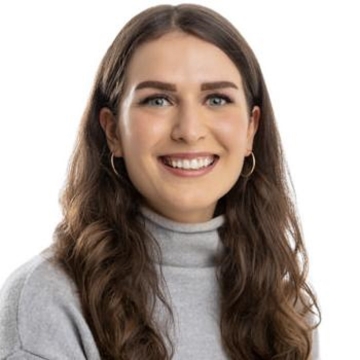
Rashell Featherstone (she/her)
Career Profiles
Senior Program Associate
I coordinate projects for the development of new products at STEMCELL. -
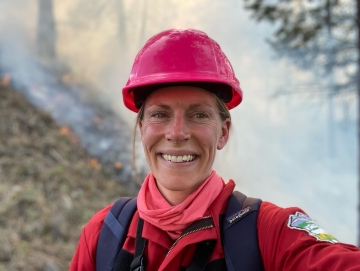
Kira Hoffman (she/her)
Career Profiles
Postdoctoral Researcher/Fire Ecologist
I am a researcher at both a university and a not-for profit organization where I am gaining experience to become a senior researcher. -
Zoë Ehlert (Video)
Career Profiles
Manager, Marker Assisted Breeding
I lead a team that develops canola crops by breeding plants with traits we are looking for. -
Zoë Ehlert
Career Profiles
Manager, Marker Assisted Breeding
I lead a team that develops canola crops by breeding plants with traits we are looking for. -
Jennifer Baltzer (she/her)
Career Profiles
Professor and Canada Research Chair in Forests and Global Change
I work at a university, teaching students and conducting research on the impact of climate change on forests in Canada and around the world. -
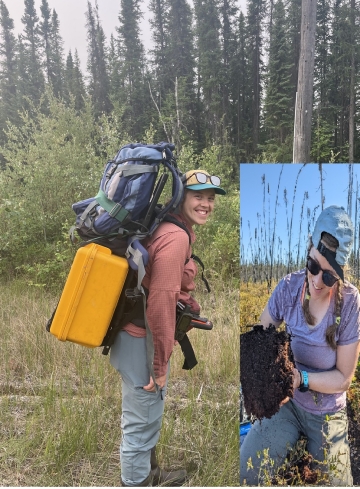
Caitlyn Lyons (she/her)
Career Profiles
Ph.D. Candidate
I am working towards my PhD and studying the forests in the Northwest Territories. -
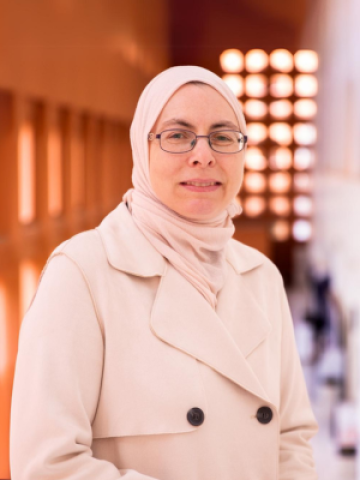
Joann Whalen
Career Profiles
Professor at the Faculty of Agricultural and Environmental Sciences,
I teach advanced courses on how to manage soils to produce healthy, nutritious food and maintain healthy ecosystem functions.
